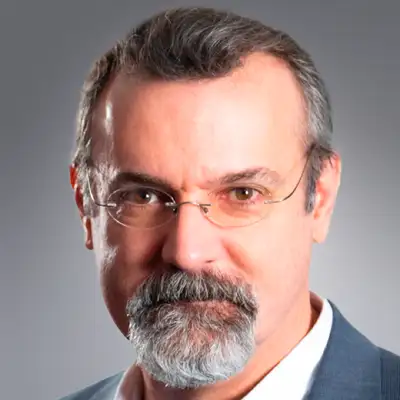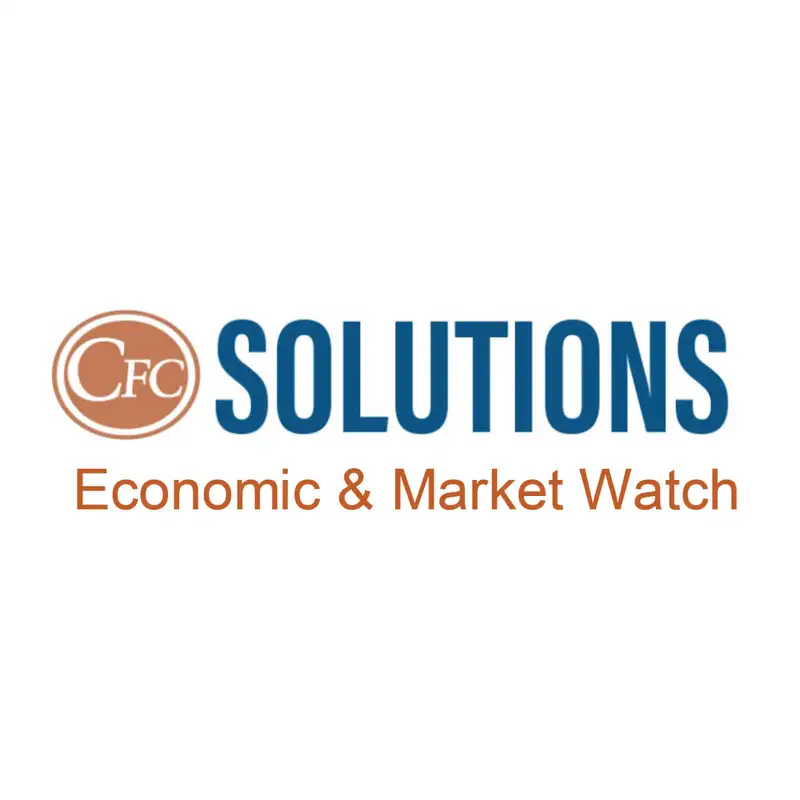2025 on the One Hand, the Other Hand and the Other Hand — January 13, 2025
Welcome to the Economic and Market Watch podcast for the week of 01/13/2025. This is Anthony Davies. Listener Tracy Mc Bride from Shenandoah Valley Electric Cooperative wrote recently asking for the economic outlook for 2025. Before we look at the forecasts, I'll remind you of the great Yogi Berra's warning, "Forecasting is difficult, especially when it is about the future."
Antony Davies:What makes economic forecasting difficult isn't the economics. It's the noneconomic things that influence the economy, whether technological advances, global conflict, social and cultural changes, evolving preferences, and thousands of other factors, large and small, throw off economic predictions. In addition, economists themselves bring their own biases and blind spots to the table when they look into the future. We can't do much about the non economic stuff, but to compensate for forecasters biases and shortcomings, let's take 40 professional forecasters and look at the pessimists, the optimists, and the average forecaster. This will give us a sense of the best case, worst case, and expected case for 2025.
Antony Davies:What emerges is a mix of good news and bad news for the upcoming year. The outlook isn't bad, but it isn't great either. The good news is that forecasters anticipate the economy will grow at a pretty steady 2% this year. Economic growth is the increase in the production and consumption of goods and services, so expect the average American to end 2025 with 2% more purchasing power than he has now. The bad news is that this year's 2% growth is down from last year's 2.4% growth, which was down from 3.2% the year before that.
Antony Davies:Yes. Our purchasing power is growing, but it's growing at a slower pace. There's even more good news when we look at the pessimistic forecasters because even the pessimists don't see a recession on the horizon. For more bad news, look at the optimists. The optimistic forecasters expect the economy to grow by 2.9% this year.
Antony Davies:That's decent growth, but only slightly above the 2.5% long term average. If the optimists only see middling growth, you know that 2025 will not be a record setting year. In labor markets, there's also good news and bad news. The bad news is that the average forecaster sees unemployment continuing to rise to 4.3% in 2025. That's up from 3.7% at this time last year.
Antony Davies:The good news is that 4.3% is way below the pre COVID average of five point eight percent. And more good news, even the pessimists who expect unemployment to rise to 4.8% expect it to remain a full percentage point below its former average. The Fed also gives us a mix of good and bad news. The Fed's December rate cut was good news for financial markets, but the Fed also delivered bad news in the form of a warning to temper our expectations about future cuts. As of today, futures markets put the chances of more than one rate cut in 2025 at less than 50%.
Antony Davies:That's down from 80% at this time last month. Forecasters anticipate that the ten year treasury rate will hold steady at around 4.3%. Optimists think it will drop to 3.4% by the end of the year, and pessimists think it will rise above 5%. In a bit of good news, forecasters expect to see some relief for home buyers with thirty year mortgage rates dropping from the current 6.9% to 6.4% by year's end. While that doesn't sound like much, that 50 basis point difference means savings of 1 to $2,000 a year for the typical homeowner.
Antony Davies:On the policy front, the incoming administration has proposed significant tariff increases. This is bad news for consumers who will likely pay higher prices for both imported and domestically produced goods. Analysts estimate that tariffs could cause utility scale solar project costs to rise by 30%, potentially reducing twenty twenty five projected solar installations by 15 gigawatts. Tariffs could also increase the cost of lithium ion batteries and their raw materials, which would slow the deployment of energy storage solutions. But tariffs are good news for domestic industries that compete with foreign imports.
Antony Davies:For example, the same tariffs that raise the cost of lithium ion batteries could spur additional domestic manufacturing of and research into renewable energy systems. If all of this contradictory news leaves you confused, know that you're in good company. In response to his own forecaster's mix of good and bad news, president Harry Truman famously said, "give me a one handed economist because all my economists say, on the one hand."
Antony Davies:This is Anthony Davies for the Economic and Market Watch podcast. Next week, the podcast intelligence brief and dashboard are on hiatus. Instead, our economics content will be featured in the 2025 trends report.
Antony Davies:Look for the CFC Solutions special edition in your email inbox or on the solutions website. We'll be back in two weeks on the twenty seventh. Our own Sam Kem and Jan Allen, CFC's vice president of utility research and policy, will be discussing the intersection of the economy, public policy, and the electric utility industry in the coming year.
Antony Davies:Thank you for listening. Download the weekly economic and market watch intelligence brief and send us email at economicresearch@nrucfc.coop.
Creators and Guests

